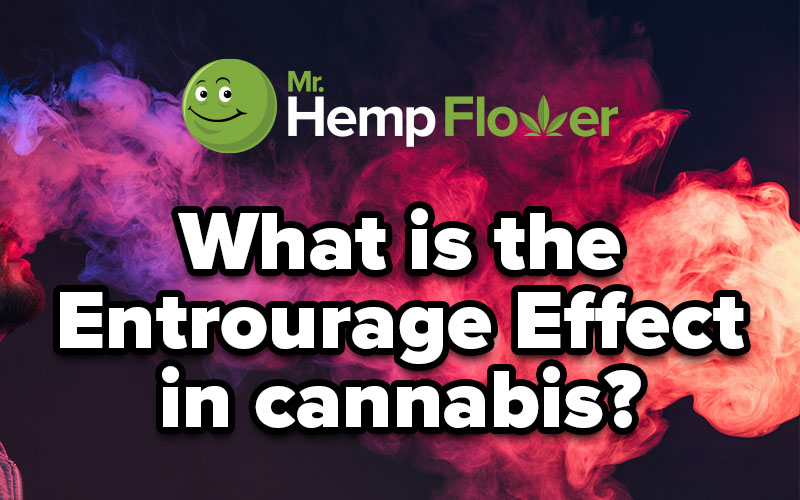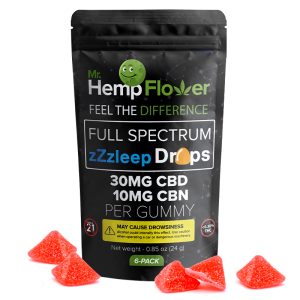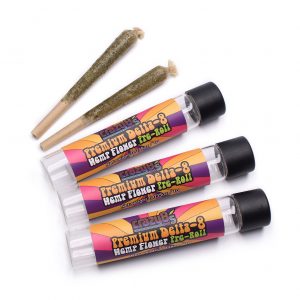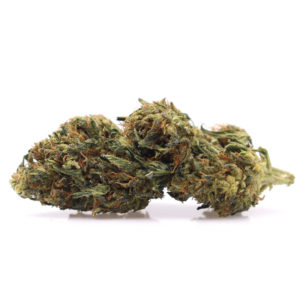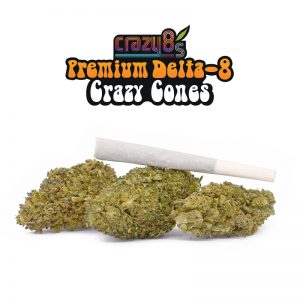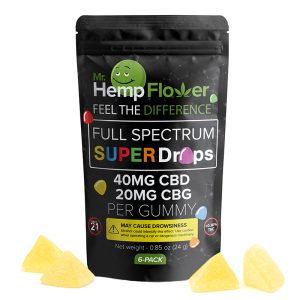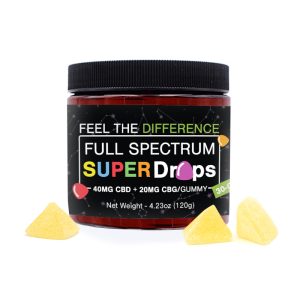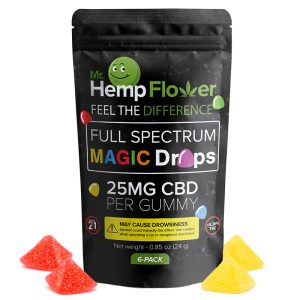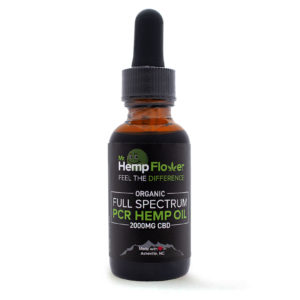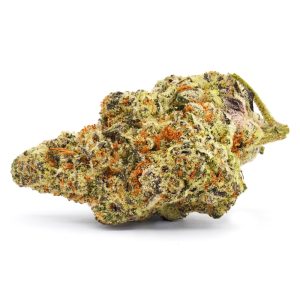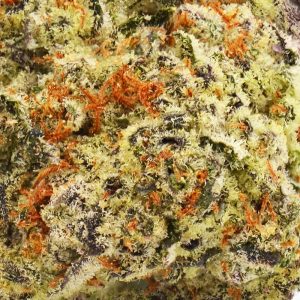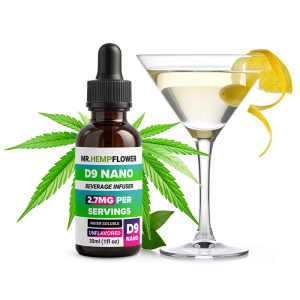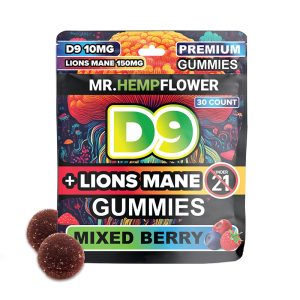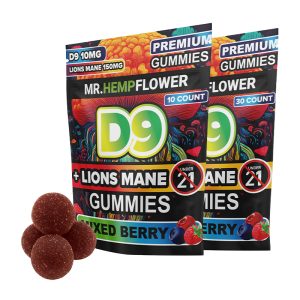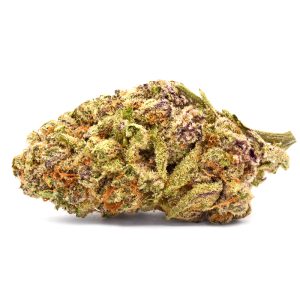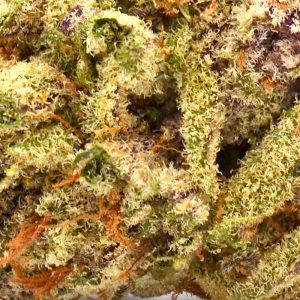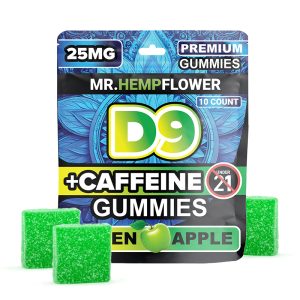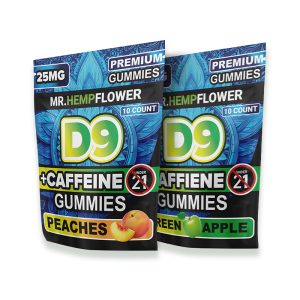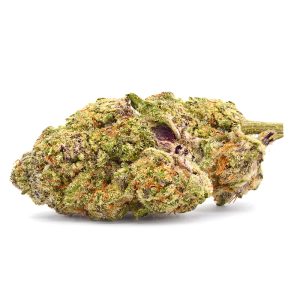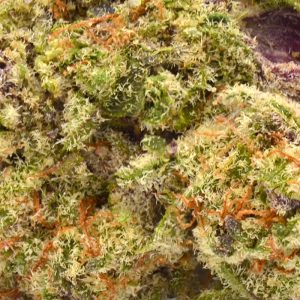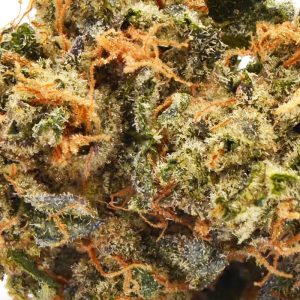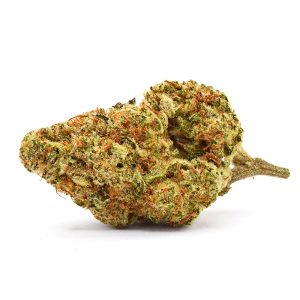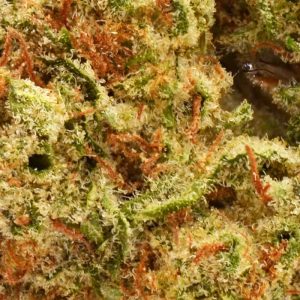What is the Entourage Effect in Cannabis?
The hemp plant contains over 150 different chemical compounds known as cannabinoids. Cannabinoids interact with the body’s endocannabinoid system (ECS), that’s responsible for keeping the body in balance (homeostasis).
THC and CBD are the most abundant and well-researched cannabinoids in the cannabis plant.
In addition to cannabinoids, the hemp plant also creates terpenes and flavonoids. Each of these compounds produces its own benefits separately, but is it possible that they also work together to create a more powerful effect? Let’s take a look.
What Is The Entourage Effect?
The term entourage effect was featured in 1998 in a study by Mechoulam and Ben-Shabat published in the European Journal of Pharmacology. The term described a newly discovered cooperation between chemicals of the endocannabinoid system to trigger a cell reaction [1].
Later, the term “entourage” was reintroduced by Dr. Ethan Russo as a hypothesis for phytocannabinoid-terpene synergy. In his review published in the British Journal of Pharmacology, Dr. Russo makes a case for the synergy that happens in cannabis extracts with multiple ingredients compared to those consisting of isolated ingredients [2].
Although still a hypothesis, plant synergy is not a new concept in alternative medicine. Studies show that plant-derived compounds have a significant impact as therapeutic agents, whether used in combination with conventional drugs or alone. Researchers even recommend that plant therapy be an alternative option for the treatment of some disorders [3].
Similarly, the entourage effect proposes that whole-plant hemp extracts work more efficiently than cannabinoid isolates. It’s based on the premise that terpenes enhance the beneficial effects of cannabinoids.
Therefore, when the entire hemp plant profile is involved in the product, it’s believed that the product has a more significant impact than if each compound was present in an isolated form. So, CBD + terpenes is better than CBD isolate, while CBD + THC + terpenes is best.
The Case For the Entourage Effect
What does the research say about the entourage effect?
For now, there’s no hard evidence that proves the validity of the entourage effect, but a few studies provide hope. This 2011 review of various studies found sufficient evidence that taking cannabinoids and terpenes together may help with pain, inflammation, anxiety, epilepsy, and more [2].
We don’t exactly understand how phytocannabinoids, terpenes, and flavonoids work in the body, but we know that:
The effects of cannabinoids are dose-related
The biphasic nature of cannabinoids needs to be investigated, but both research and anecdotal evidence show that cannabinoids provide different effects at different dosages. For instance, CBD counteracts THC’s effects in high doses but enhances its psychoactivity in low amounts [4].
Tetrahydrocannabivarin (THCV), is non-psychoactive in doses below 30 mg, while in higher doses is psychoactive. Delta-8 THC may help anxiety in low doses, but high doses likely trigger anxiety as an adverse effect.
Phytochemicals could improve cannabinoid’s therapeutic potential
A 2018 research has found that some terpenes, like linalool, pinene, beta-caryophyllene, and flavonoids, have anti-inflammatory and neuroprotective effects that could boost CBD’s therapeutic potential on cognition [5].
The Role of Terpenes
Terpenes are a diverse class of tiny aromatic, anti-inflammatory organic compounds produced across all plant life. Terpenes are the main constituents of essential oils, and each compound has its distinct aromatherapy scent. When you smell roses or lavender, you smell the terpene in the flower.
Terpenes are abundant in hemp plants, and they also give cannabis its skunky, earthy aroma. The cannabis plant is rich in over 220 different terpenes. Here are the most well-known that naturally occur in most hemp flower strains:
- Limonene — Present in the rind of citrus fruits, including oranges, lemons, and limes. It has a strong, sweet citrusy smell that freshens up the room.
- Linalool — Found in common plants like laurel, lavender, rose, tangerine, and spearmint. It presents a sweet and floral aroma with a gentle spiciness.
- Pinene — Pinene is found in pines and some non-coniferous plants, including cannabis. It has a fresh scent that reminds of a pine forest.
- Myrcene — Found in hops and lemongrass, myrcene is potentially the most abundant terpene in cannabis. It has an earthy, clove-like aroma with a fruity note.
- Caryophyllene — Found in cedar trees, this terpene has a sweet, spicy scent.
- Humulene — Known as the terpene in hops, cannabis, sage, and ginseng, humulene has a subtle earthy, woody, and spicy aroma.
- Guaiol — A sesquiterpenoid found in some hemp strains and some pine varieties, guaiol is recognized for its anxiolytic activity and a blend of distinctive pine, fruit, and rose notes.
Several studies have found that the presence of terpenes affects the way cannabinoids react in the body.
A 2021 review published in Frontiers in Psychiatry found that the terpene pinene combined with CBD can mitigate THC’s adverse effects on memory. The review also revealed that the terpenes linalool produces anti-anxiety effects in horses. In addition, pinene and linalool influence brain function and change cognitive behaviors [6].
The Case Against the Entourage Effect
More research is needed to prove the theory of the entourage effect, especially since there has been some evidence that counteracts it.
A study published in Cannabis and Cannabinoid Research (2019) found an absence of entourage when investigating six terpenes individually and combined. The researchers revealed that the terpenes didn’t affect the activity of THC on the CB1 and CB2 receptors [7].
There’s definitely evidence on both sides regarding the existence of the entourage effect. But more research is needed to reveal how it works.
How to Benefit from the Entourage Effect?
That’s pretty simple: consume cannabinoid-rich products that contain the entire hemp plant profile.
Our delta-8 THC hemp flower strains are the perfect opportunity to reap the benefits of the entourage effect. Hemp flower is naturally rich in different cannabinoids and terpenes, and adding the delta-8 distillate and kief on top of that surpasses the regular, pre-made “full spectrum” delta-8 products.
Although tinctures and gummies provide a full spectrum experience, nothing compares to the “raw” CBD flower coated with extra layers of delta-8 THC.
You can also create your own blend by mixing several products. For example, you can use some of our CBD flower, that’s naturally rich in cannabinoids and terpenes and coat them in delta-8 THC concentrate.
If you want to use a pre-made product, check out our collection of premium gummies. Our entire line of products is inspired by the concept of the entourage effect, including our phytocannabinoid-rich oil that contains the entire hemp plant profile in a bottle.
The Entourage Effect FAQs
What does the entourage effect feel like?
The entourage effect gives a balanced feel, as if you’ve taken equal parts of each cannabinoid and blended them all together to produce a “feel good” effect on the body.
What makes up the entourage effect?
Phytocannabinoids (CBD, THC, delta-8 THC, CBG, CBN), terpenes (myrcene, pinene, humulene, etc.), and flavonoids that naturally occur in the hemp plant make up the entourage effect.
How was the entourage effect discovered?
The idea of “plant synergy” is not new among alternative medicine researchers. But, the entourage effect in cannabis was first proposed by researchers in 1998.
Is the entourage effect proven?
No, the entourage effect still remains a theory to be further investigated by scientists. Early research shows proof for and against the entourage effect.

